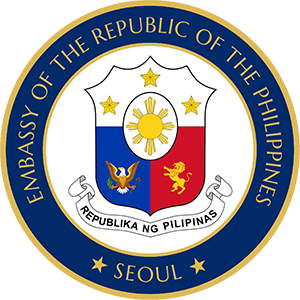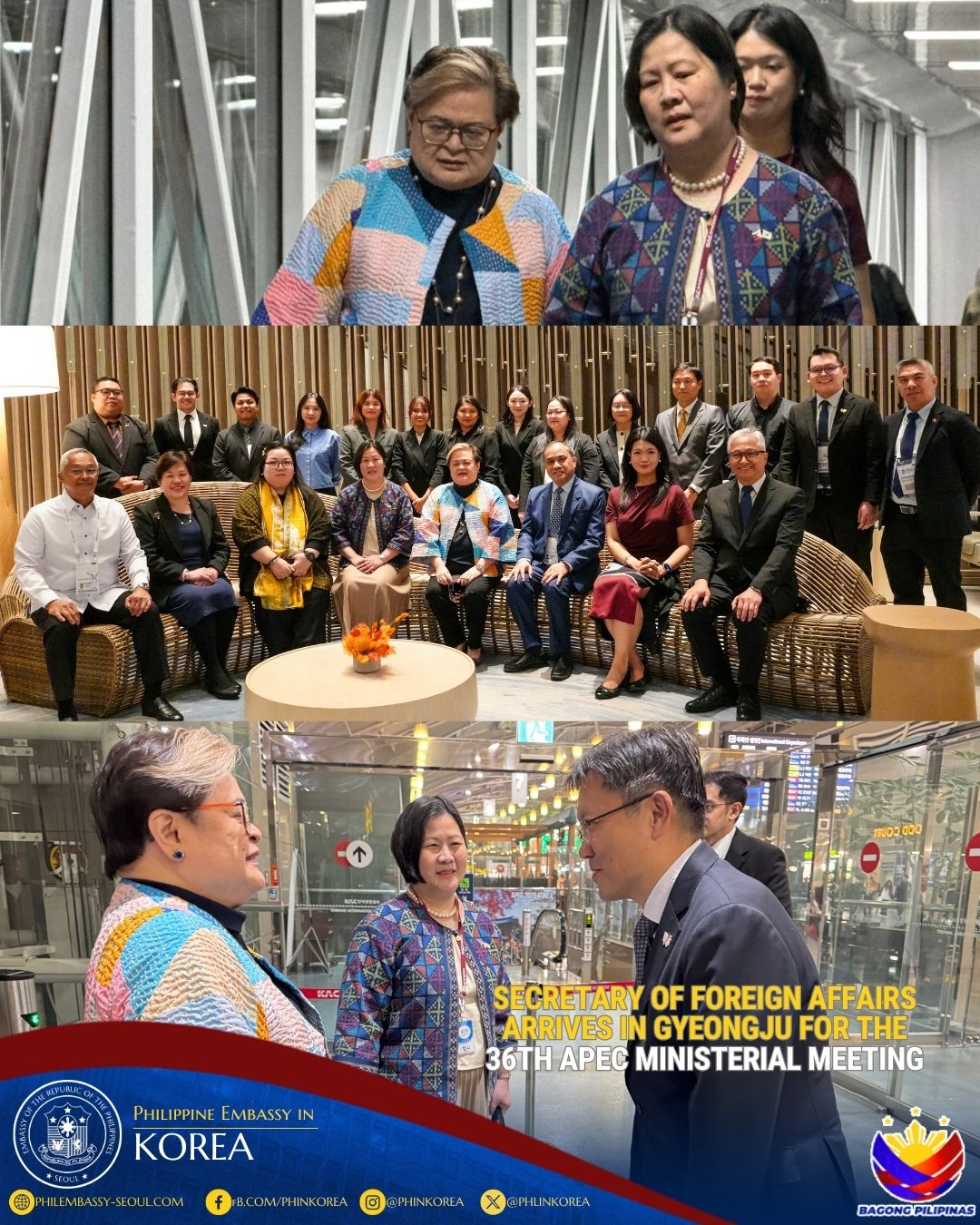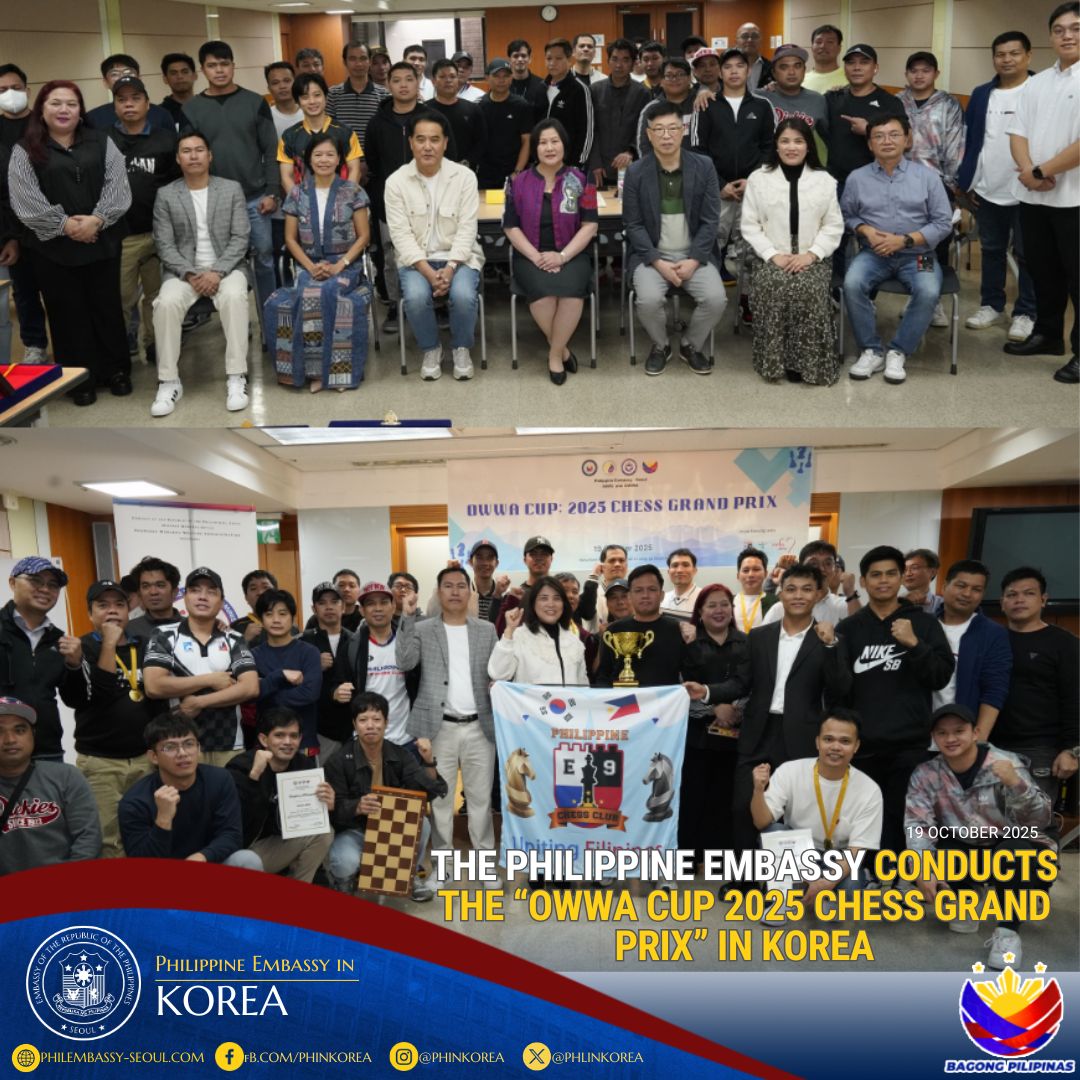2007 Population Census
The National Statistics Office presented during the Board Meeting of the National Statistical Coordination Board on 11 June 2008 the results of the 2007 Population Census.
The highlight are as follows: 1. The total population of the Philippines in 2007 was 88.57 million, based on the 2007 Census of Population. This was 76.50 million in 2000 based on the Census of Population and Housing, and 68.62 million in 1995 based on the 1995 Mid-Decade Census. 2. The 2007 and 2000 census figures translate into an average annual growth rate of 2.04 percent for the period 2000-2007. This is the lowest population growth rate recorded for the Philippines since the 1960s. (It is highly likely that the current or 2008 population of the Philippines based on the growth rate would now be about 90 million.) The projected average annual population growth rate is 1.95 for the period 2005-2010. 3. Among the 17 administrative regions, CALABARZON (Region IVA) had the largest population with 11.74 million, while the National Capital Region (NCR) with 11.55 million and Central Luzon (Region III) with 9.72 million had the next largest population sizes. The population of these three regions together comprised more than one-third (37.3 percent) of the Philippines population. Only five regions had growth rates higher than the national rate. These are NCR (2.11 percent), Region III (2.36 percent), Region IVA (3.21 percent), Region XII (2.41 percent), and ARMM (5.46 percent). 4. Among the provinces, Cavite had the largest population with 2.86 million. Bulacan had the second largest population with 2.83 million and Pangasinan had the third largest, with 2.65 million. 5. Five other provinces surpassed the two millionth mark: Laguna (2.47 million persons); Cebu, excluding its three highly urbanized cities Cebu City, Lapulapu City, and Mandaue City ( 2.44 million); Negros Occidental, excluding Bacolod City (2.37 million persons); Rizal (2.28 million persons); and Batangas (2.25 million persons). 6. The provinces with less than one hundred thousand populace were Batanes (19 thousand persons), Camiguin (81 thousand persons), and Siquijor (88 thousand persons). Batanes Province was the only provincial unit that registered a negative population growth rate at -0.42%. 7. Of the 32 highly urbanized cities (HUC), only four had populations exceeding one million. Three of such HUCs are in the NCR: Quezon City (2.68 million), Manila (1.66 million), and Kalookan City (1.38 million). Outside NCR, the only highly urbanized city having a population of more than one million was Davao City with a population of 1.36 million. 8. Barangay 176 of Kalookan City was the post populous Barangay with 221,874 inhabitants. Persons included in the Census Enumeration are those who are alive as of 12:01 a.m. of August 1, 2007 and who are: 1. Filipino nationals permanently residing in the Philippines: 2. Filipino nationals who, as of census date, are temporarily at Philippine sea, or are temporarily on vacation, business/pleasure trip or study/training abroad and are expected to be back within a year from the date of departure; 3. Filipino overseas workers, including those on board ocean going vessels, who are away at the time of census and expected to be back within five years; 4. Philippine government officials, both military and civilian, including Philippine diplomatic personnel and their families, assigned abroad; and 5. Civilian citizens of foreign countries having their usual residence in the Philippines or foreign visitors who have stayed or are expected to stay for at least a year from the date of their arrival in this country. Persons Excluded from the Census Enumeration are the following persons, although they happen to be within the territorial jurisdiction of the Philippines at the time of the census enumeration: 1. Foreign ambassadors, ministers, consuls, or other diplomatic representatives, and members of their families (except Filipino and non-Filipino employees who have been residents of the Philippines prior to said employment); 2. Citizens of foreign countries living within the premises of an embassy, legation, chancellery, or consulate; 3. Citizens of foreign countries who are chiefs or officials of international organizations like United Nations (UN), International Labor Organization (ILO), Asian Development Bank (ADB), Food and Agricultural Organization (FAO), the U.S. Agency for International Development (USAID) who are subject to reassignment to other countries after their tour of duty in the Philippines, and members of their families; 4. Citizens of foreign countries together with non-Filipino members of their families, who are students or who are employed, or have business in the Philippines but who are expected to stay in the country for less than a year from arrival; 5. Citizens of foreign countries and Filipinos with usual place of residence in a foreign country who are visiting the Philippines and who have stayed or are expected to stay in the country for less than a year from arrival (e.g., a “ballikbayan†who will return to his/her usual place of residence abroad after a short vacation or visit in the Philippines); 6. Citizens of foreign countries in refugee camps/vessels; and 7. Residents of the Philippines on vacation, pleasure or business trip, study or training abroad who have been away or expected to be away from the Philippines for more than one year from departure.


 October 30, 2025
October 30, 2025
 October 30, 2025
October 30, 2025
 October 23, 2025
October 23, 2025
